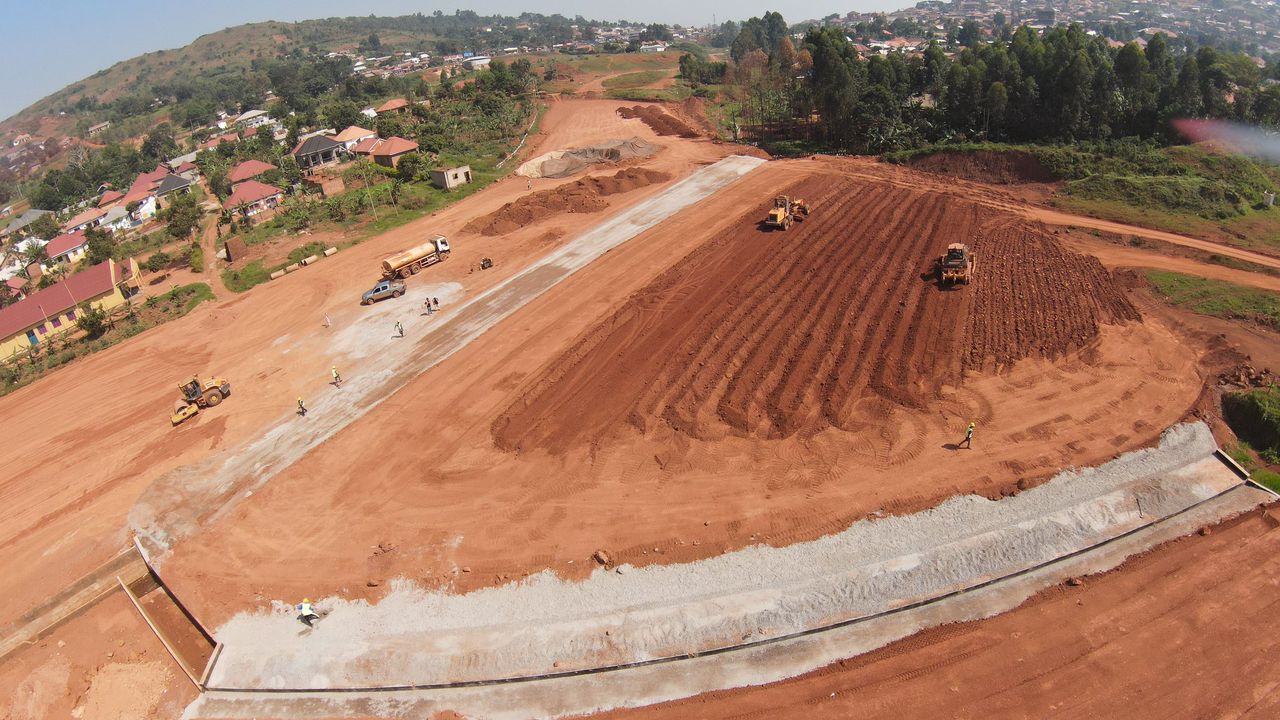
Innovative Uses of Concrete in Modern Construction
Introduction
Concrete has been a staple of construction for centuries, and its versatility continues to evolve with advancements in technology and design. Today, concrete is being used in innovative ways that go far beyond traditional applications like bridges and buildings. These modern uses showcase the material’s adaptability, sustainability, and aesthetic potential. Let’s explore some of the most exciting and creative uses of concrete in modern construction.
1. 3D-Printed Concrete Structures
The advent of 3D printing has revolutionized concrete construction, enabling faster, more efficient, and highly customizable builds.
- Applications: Residential homes, commercial buildings, and even disaster relief shelters.
- Advantages: Reduced waste, lower labor costs, and intricate design possibilities.
- Notable Examples: 3D-printed houses in the U.S. and Europe are already making affordable housing a reality.
2. Transparent Concrete
Known as translucent concrete, this innovative material incorporates optical fibers to allow light to pass through, blending functionality with modern design.
- Applications: Facades, interior walls, and decorative features in buildings.
- Advantages: Aesthetic appeal, energy efficiency (reduced lighting needs), and unique ambiance.
- Use Cases: Ideal for museums, office spaces, and artistic installations.
3. Self-Healing Concrete
Cracks in concrete can lead to water penetration and long-term damage. Self-healing concrete contains special additives like bacteria or polymers that react with water to seal cracks automatically.
- Applications: Roads, bridges, and other structures exposed to harsh weather conditions.
- Advantages: Extended lifespan, reduced maintenance costs, and improved structural integrity.
- Impact: This technology is paving the way for more sustainable infrastructure.
4. Lightweight Concrete
Lightweight concrete uses aggregates like pumice or expanded clay to create a material that is both durable and easy to handle.
- Applications: High-rise buildings, prefabricated panels, and floating structures.
- Advantages: Reduced dead load, better thermal insulation, and easier transportation.
- Examples: Used in constructing lightweight yet sturdy bridges and innovative building designs.
5. Decorative Concrete
Modern decorative techniques have transformed concrete into an artistic medium. Stamped, stained, polished, or colored concrete can create stunning visuals.
- Applications: Floors, countertops, outdoor patios, and driveways.
- Advantages: Customizable designs, durability, and cost-effectiveness compared to natural stone.
- Popular Features: Textured finishes that mimic brick, stone, or wood.
6. Concrete in Smart Cities
Concrete is becoming smarter with embedded sensors that monitor structural health and environmental conditions.
- Applications: Smart roads that charge electric vehicles, bridges with real-time stress sensors, and buildings with integrated temperature controls.
- Advantages: Enhanced safety, reduced maintenance, and data-driven decision-making.
- Future Potential: As cities adopt smart technologies, concrete’s role in urban infrastructure will continue to grow.
7. Concrete Water Management Systems
Concrete is playing a crucial role in sustainable water management, with innovative uses in reservoirs, dams, and stormwater systems.
- Applications: Permeable concrete pavements, rainwater harvesting systems, and water storage tanks.
- Advantages: Mitigates flooding, promotes groundwater recharge, and supports eco-friendly construction.
- Environmental Impact: Helps urban areas adapt to climate change by managing heavy rainfall efficiently.
Why Concrete Remains the Material of Choice
Concrete’s adaptability makes it indispensable in the ever-evolving construction industry. Its ability to combine strength, durability, and design flexibility ensures that it will continue to meet the demands of modern architecture and engineering.
Conclusion
From self-healing concrete to 3D-printed homes, the possibilities for concrete in modern construction are virtually limitless. By embracing these innovations, builders and architects can create infrastructure that is not only functional but also sustainable, aesthetic, and future-proof. Concrete is no longer just a building material—it is a medium for creativity and progress.


This is an insight full article. its great
Taremwa Rodney
2025-01-18 20:57:55